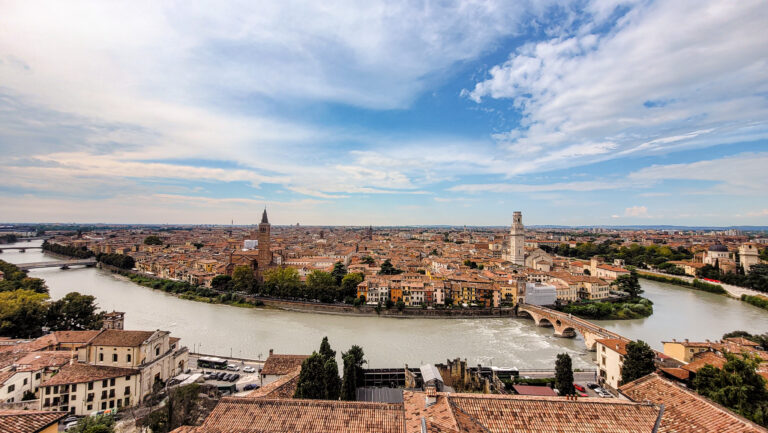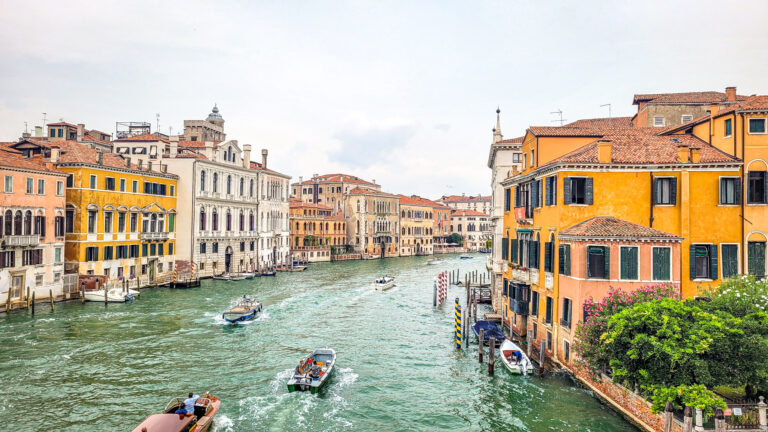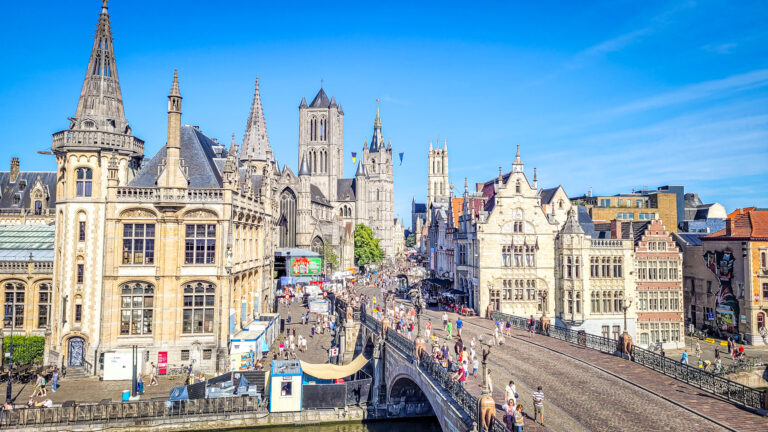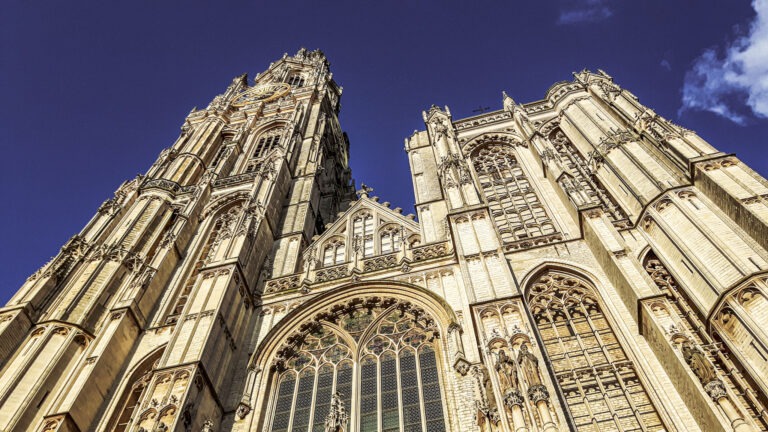Asia
The architecture of Asia is just as diverse and rich as its cultural history. From the intricate designs of Hindu temples in India to the minimalist zen gardens and shrines in Japan, each country has its own unique style that reflects its philosophies, religions, and ways of life.
In China, traditional structures like pagodas and imperial palaces showcase a blend of Confucianism, Taoism, and Buddhism. The Forbidden City in Beijing, built during the Ming Dynasty, is a prime example of this. In contrast, the traditional Japanese architecture of wooden structures and paper walls reflects the influence of Shinto and Zen Buddhism.
Middle East
The Middle East is home to some of the oldest examples of architecture in the world. The ancient civilizations of Egypt and Mesopotamia left behind impressive structures such as the Pyramids of Giza and the Hanging Gardens of Babylon. The region also saw the rise of Islamic architecture, with intricate mosques and palaces adorned with geometric patterns and calligraphy.
Architecture & history
From grand palaces to intricate temples, each with their own unique styles and influences, the architecture of Europe, Asia, and India reflects the rich history and cultural diversity of these regions. Throughout centuries of political upheaval, religious turmoil, and artistic innovation, the architecture in these areas has evolved to represent not only the changing styles and techniques of different time periods, but also the beliefs, values, and identities of the people who built them.
Europe
Europe boasts a long and varied history of architecture, beginning with the ancient civilizations such as Greece and Rome. The classical architectural styles of these civilizations can still be seen in famous landmarks like the Parthenon and the Colosseum. As the Roman Empire declined, Europe entered a period known as the Dark Ages, where little progress was made in architecture. However, with the rise of Christianity in the Middle Ages, a new architectural style emerged: Gothic. This can be seen in iconic structures such as Notre Dame and Westminster Abbey.
During the Renaissance, Europe experienced a revival of classical styles, leading to the creation of grand structures such as St. Peter’s Basilica and the Palace of Versailles. The Baroque period saw a shift towards more extravagant and ornate designs, while the Industrial Revolution brought about new materials and techniques that allowed for taller and larger buildings, such as the Eiffel Tower and Big Ben.
Related Articles

Monumental highlights to visit in Verona, Italy
Explore the monumental highlights to visit in Verona. Admire the picturesque river scenes, and stories of the Roman history and architecture.

Monumental highlights to visit in Berlin
Discover the monumental highlights to visit in Berlin by the blend of history and modern architecture. From iconic landmarks like the Brandenburg Gate to avant-garde structures.

Monumental highlights to visit in Venice
Discover the captivating allure of Venice, a unique city built on water. Explore the monumental highlights to visit in Venice.

Monumental highlights to visit in Pisa
Discover the charm and the monumental highlights to visit in Pisa in Italy. Explore the unique architectural masterpieces, fascinating history, and captivating culture.

Monumental highlights to visit in Ghent, Belgium
Immerse yourself in the blend of architecture, culture, and charm. Explore the monumental highlights to visit in Ghent, Belgium.

Fascinating heritage accommodations of Antwerp
Discover the fascinating heritage accommodations of Antwerp, Belgium. Whether you prefer a lavish 16th-century mansion or a cozy boutique hotel.